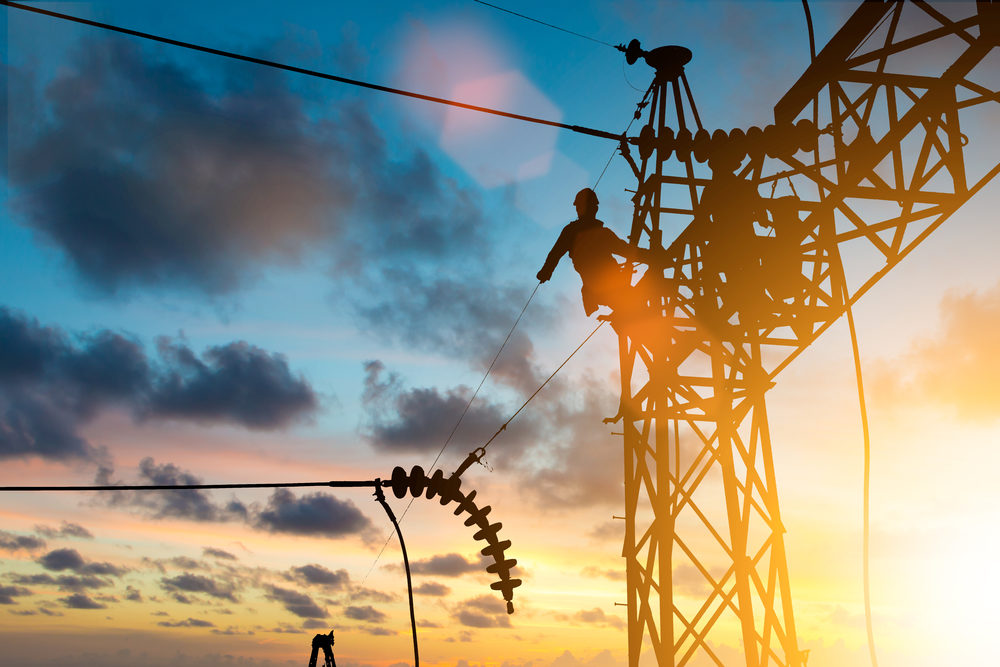
The National Electrical Safety Code (NESC) guides power and utility companies when installing, operating, and maintaining electrical systems and power lines. The NESC is published by the Institute of Electrical and Electronics Engineers, and it’s considered the industry standard. It’s also a powerful tool for victims injured in electrical accidents. Utilities can be held liable after an electrical injury if they don’t follow NESC guidelines, but electrical injury lawsuits are complex. Electrical companies will argue they did follow the NESC and call expert witnesses who may misrepresent the circumstances. For these reasons, you must immediately contact an electrical injury lawyer if you’ve been hurt in an electrical accident.
What Is The NESC?
Introduced more than 100 years ago, the National Electrical Safety Code (NESC) is the go-to for private and public industry professionals to ensure sufficient safety protocols. The code covers power substations and overhead and underhead lines, including power, TV, phone, and railroad systems. It provides technical guidelines for installing, inspecting, and maintaining these lines. The code is designed to keep utility workers and members of the public safe from harm.
Each state has its electrical safety code; some write their own, while others automatically adapt the latest version of the NESC. A new edition is released every five years, and the code is widely considered a bible for linemen and utility workers. Cable providers, renewable energy companies, and wireless companies reference the NESC when planning new projects. Some of the guidelines it provides include the following:
- How trees should be trimmed near power lines
- The distance between electrical lines and buildings
- Clearances around telephone poles
- The amount of working space around equipment
- The installation of underground conduit systems
- The minimum distance between cables
Electricity can be dangerous to work with, even for experienced workers. They are at high risk for injuries from falls, fires, electrocution, and explosions. Following safety guidelines is a way electrical companies can reduce the risk of harm to their workers, and the NESC lays out detailed recommendations from safety experts for an extensive amount of electrical work. These rules are also designed to help keep the general public safe from electrical mishaps. But preventable accidents still happen, and utility companies don’t always follow the NESC as well as they should have. In 2020, there were 2,220 non-fatal workplace electrical injuries — and there are an estimated 30,000 electrical injuries every year nationwide.
Benefits of Filing An Electrical Accident Lawsuit
You can’t tell that power lines are dangerous by looking at them, but they regularly carry 765,000 volts of electricity — enough to kill someone who touches a line. Accidents usually cause electrical injuries. Common causes include unintentional contact with power lines and cords, occupational exposures, and electrical arc flash, which happens when a power line short-circuits. People who live in hurricane-prone areas like Louisiana are at a higher risk of electrical injury. The storms often bring down power lines, and many don’t realize that downed power lines can still kill. Fallen power lines can release currents in the water, increasing the chance of an electric shock.
More than 1,000 people die every year nationwide from electrical accidents. Even if someone is fortunate enough to survive an electrical injury, these accidents can cause burns, cardiac arrest, and seizures. Electrical shock can lead to long-term brain and nerve damage, and electrocution survivors may have injuries too severe to return to work. An electrical injury lawsuit can help victims recover damages from utility companies. If you’ve lost a loved one in an electric shock accident, you may also be able to sue.
Regardless of whether a public utility or private company provides electricity, it’s usually considered a public service. That means that utility companies are responsible for protecting people and must adequately maintain their lines and substations. The standard of care varies by state, but the Supreme Court of Louisiana has ruled that electric companies can still be held liable for negligence even if they meet NESC standards.
You need an experienced lawyer if you’ve been in an electrical accident, and you should ensure they’re expertly familiar with the NESC. Because the code is revised every five years, it’s essential to find an attorney who is up-to-date on current safety standards. If an electrical injury lawsuit goes to trial, a utility company will call experts to argue that they met the standard of care. An electrocution attorney will fight back on your behalf and show that your injury was caused by negligence. Our Louisiana electrical accident lawyers are here to help. Call Herman, Katz, Gisleson & Cain at 504-581-4892 or fill out our case review form for more information.

Jed Cain is a partner with Herman, Herman & Katz, LLC. He has dedicated his career to representing injured folks and their families.



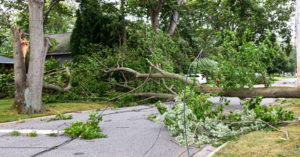
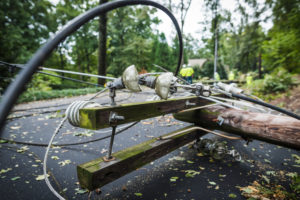
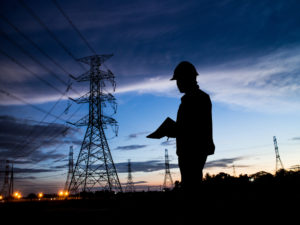



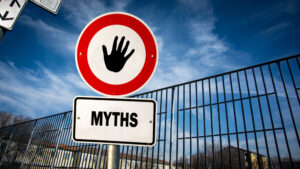




Comments for this article are closed.